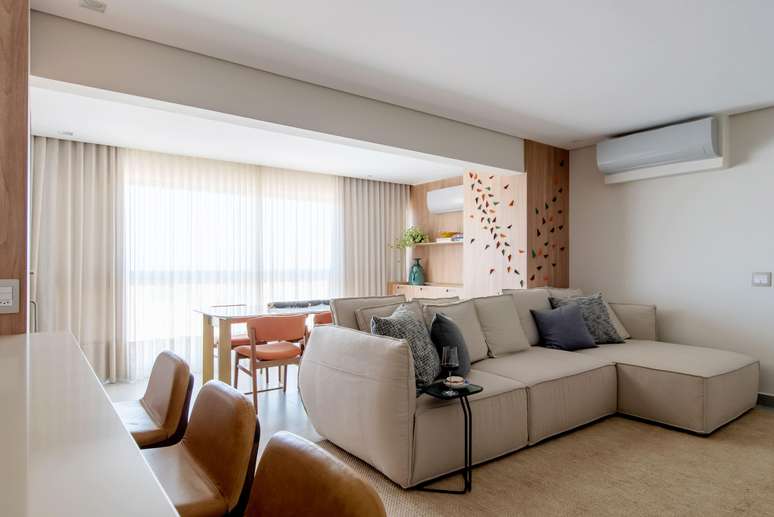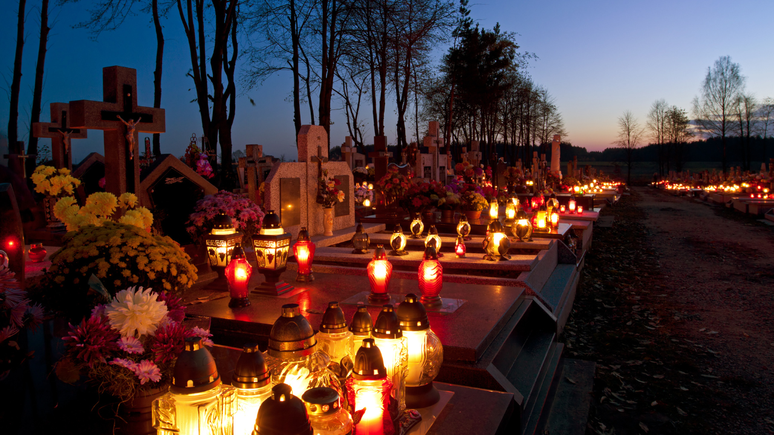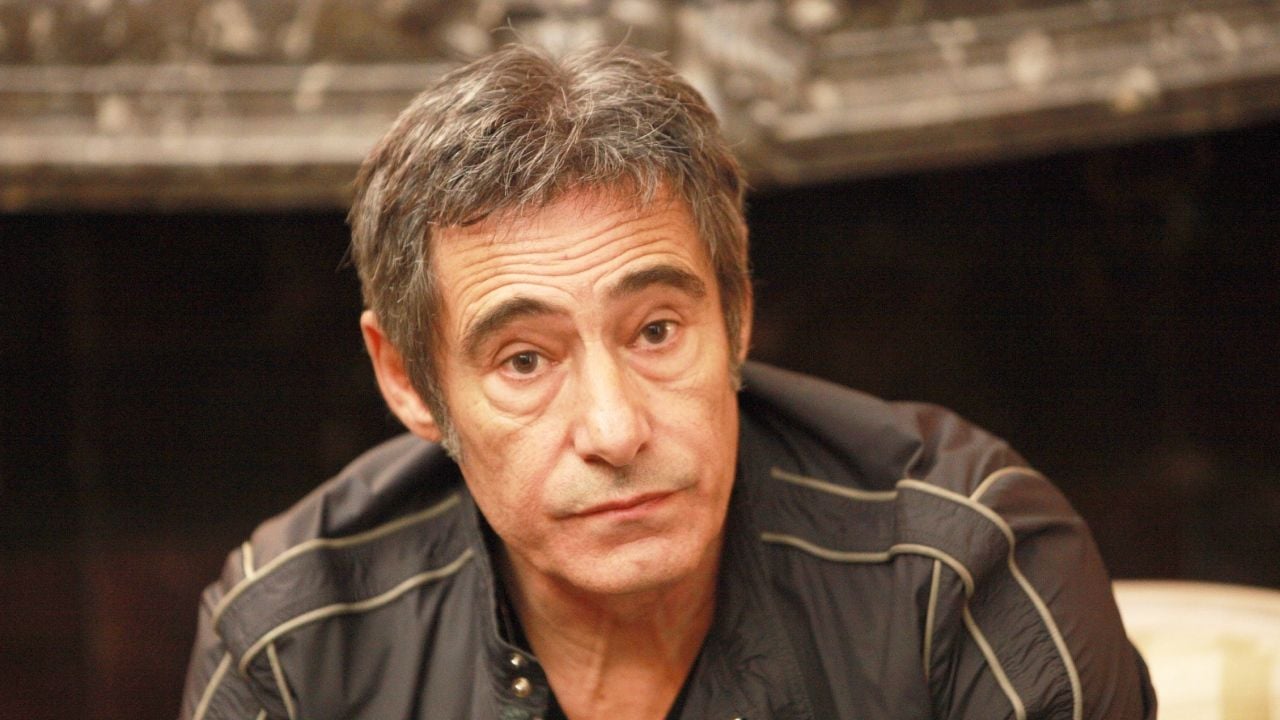Paiva and Passarini Arquitetura explains the main typologies – recessed, overlapping and illuminated – and the functions of the infill panels
What is the tent?
In the world of curtains and shutters, the track has dominated as the main installation resource and, therefore, the draper It was a resource often adopted to ensure aesthetics and finalize the installation, obtaining a more elegant decor. With the advent of curtain rods – a system designed precisely to be evident – it was even thought that they would fall into disuse.
But the answer is no: the curtain remains a strong element for a exquisite finish, hiding even small unwanted details that don’t need to be noticed in the environment. Commonly performed in plaster or plasterboardwhen they accompany the ceiling project, or wood, it is usually installed above the window or along the wall next to it. In addition to the functional issue, its specific characteristics make it another resource to highlight in the interior architecture project.
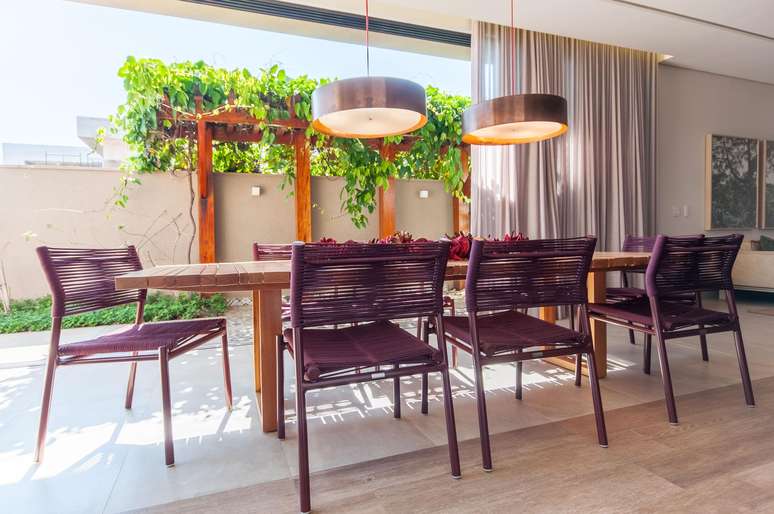
Architects Vanessa Paiva and Cláudia Passarini, partners of the firm Paiva and Passarini Architecturethey are passionate about curtains and use them regularly, as they believe that they not only increase discretion, but also save money, thanks to the simplicity of their installation.
“They represent an advantageous option for those who wish to avoid the use of rods or eyelets, seeking a more discreet effect in the arrangement of the curtains” explain the professionals.
Discover the types of curtains:
1. Integrated
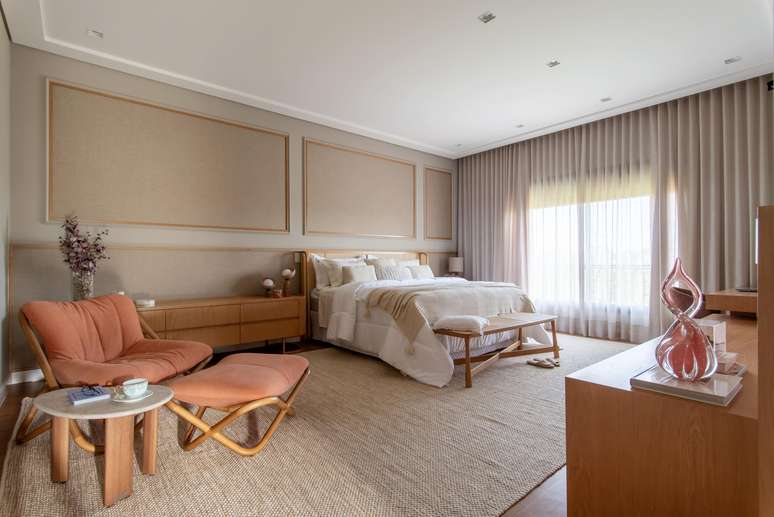
In this type of tent, professionals reveal its importance consider a gap between the frame and the cladding in order to facilitate the installation of curtains or shutters. In this format, the element provides a more discreet, sophisticated and refined finish to the environment and, to achieve this, they emphasize that it is essential to build it before carrying out the horizontal closure.
“If you change the order, the job becomes a little more complex and you risk having a compromised appearance,” advises Vanessa.
2. Overlap
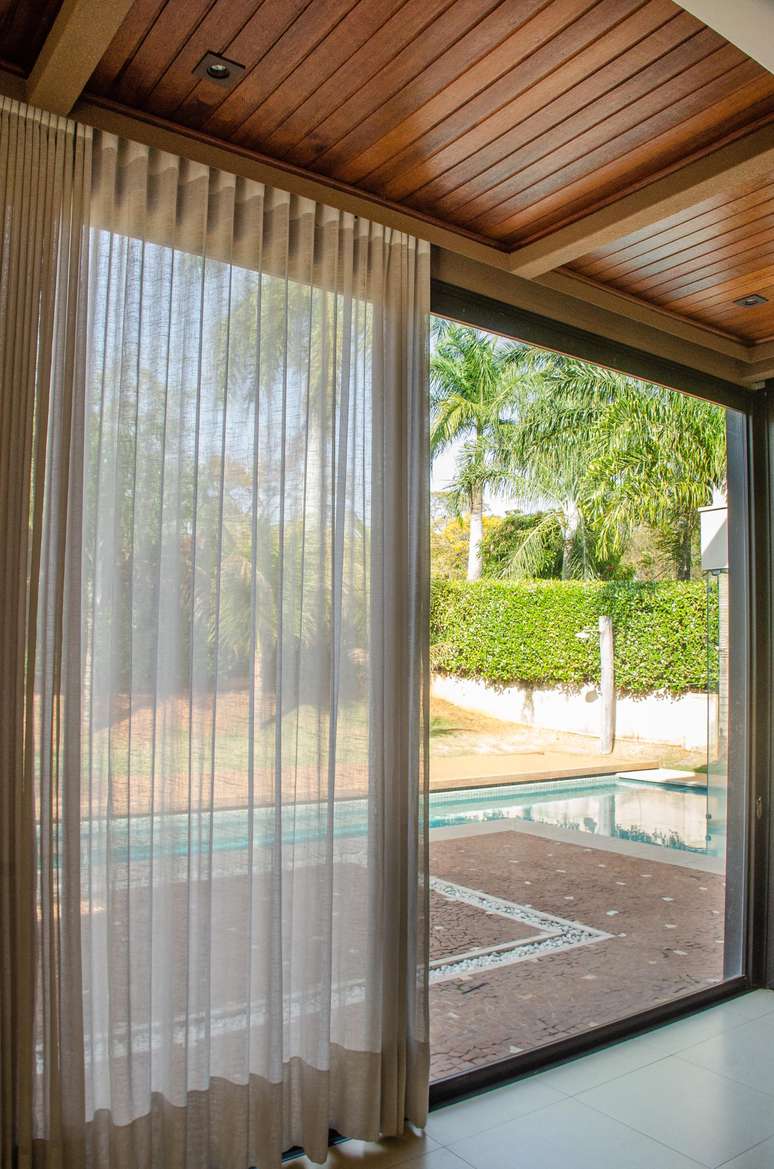
The overlapping sheet is an installed element over the already finished covering, considering the same purpose as covering the curtain track or awning.
“This method can be made in plaster, but is usually installed in a carpentry shop,” explains Cláudia. According to the architect, wood, recognized for its natural beauty and the welcoming feeling it gives to spaces, facilitates modeling for the personalized design of the object. “However, this decision must always take into account the specific needs of the project and the available budget,” she adds.
3. Illuminated
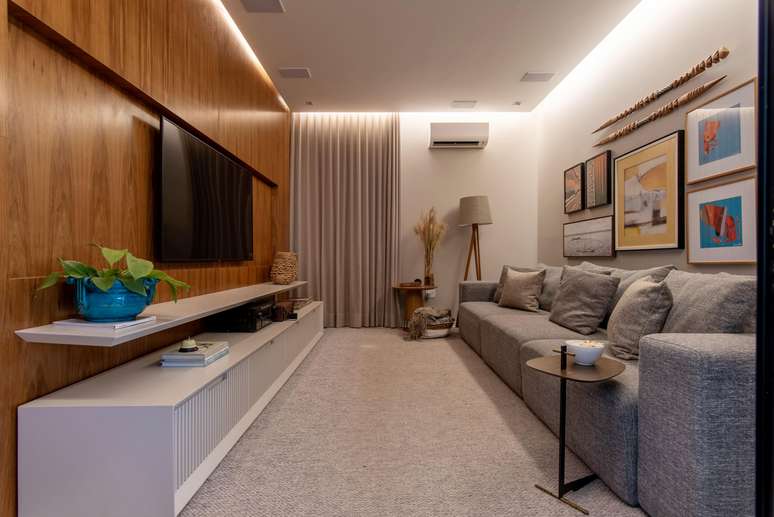
Another goal of curtains, whether recessed or overlapping, is incorporate recessed or indirect lighting in its structure, giving a warm and welcoming atmosphere.
It cannot be forgotten!
Properly caring for your curtains is essential to maintaining their appearance, durability and long-term performance. For those intended for fabric curtains, it is essential to pay attention to two factors: the tent extensionsince, once harvested, it generates a considerable volume, and the railway configurationboth plain and lined, which requires more space.
Source: Terra
Ben Stock is a lifestyle journalist and author at Gossipify. He writes about topics such as health, wellness, travel, food and home decor. He provides practical advice and inspiration to improve well-being, keeps readers up to date with latest lifestyle news and trends, known for his engaging writing style, in-depth analysis and unique perspectives.

